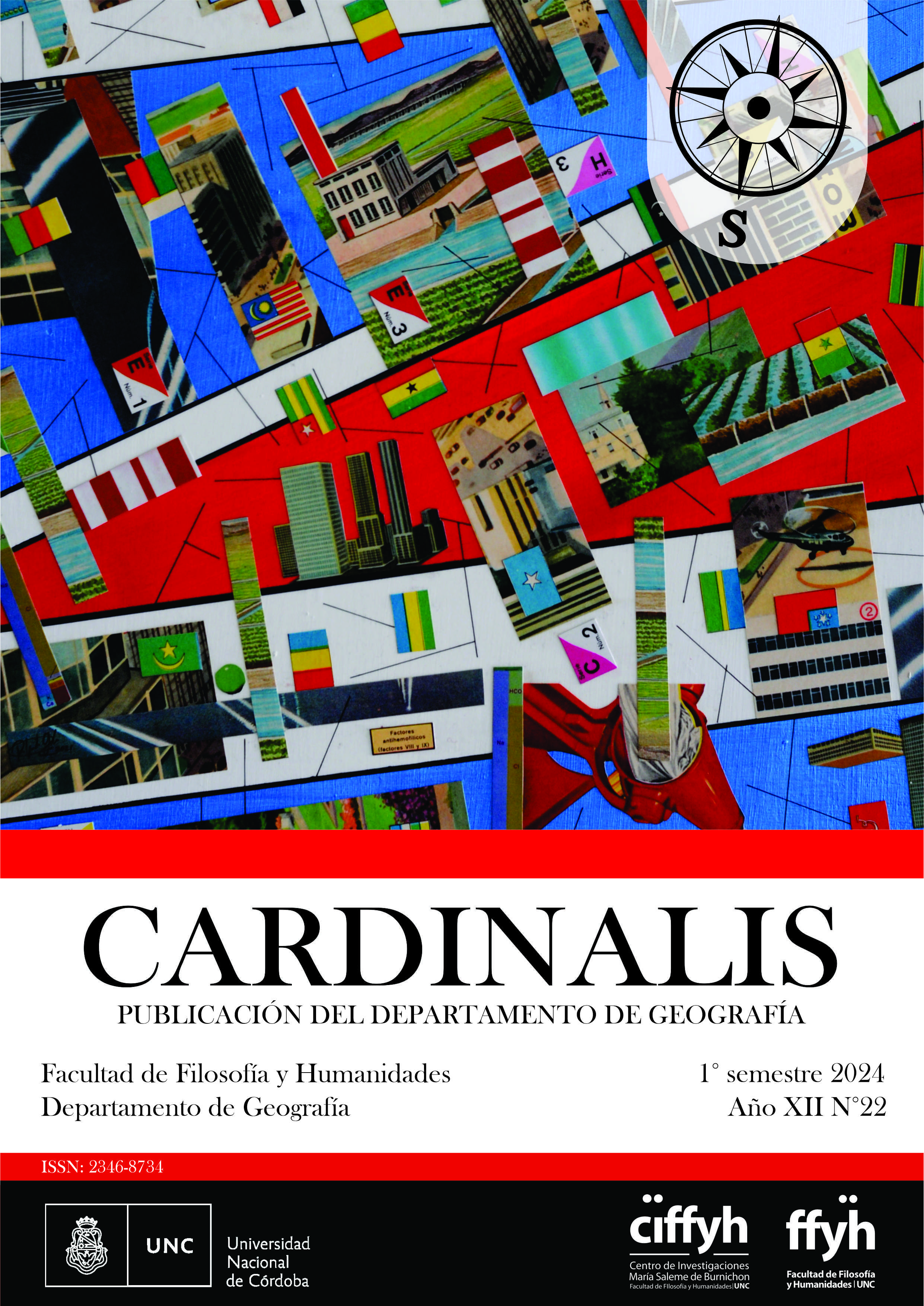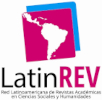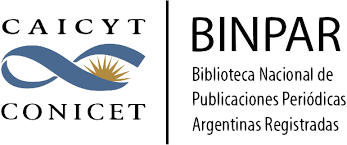Drone-based mapping as a support for decision-making in the Luján district
Abstract
This paper introduces the integration of drone technology and the development of a
methodology for its implementation by the Subsecretaría de Innovación Pública of the
Municipalidad de Luján, aiming to achieve high-resolution spatial digital cartographic
products. The article contextualizes and analyzes the emergence of drone technology,
incorporates relevant concepts, and outlines the necessary methodology for the development
of activities feasible within the municipal context. To execute the tasks, the area of interest
was carefully selected, and flight plans were meticulously devised for days with favorable
atmospheric conditions. Subsequently, the flights were carried out as planned. Following this,
the obtained images underwent processing and post-processing to generate photographic
mosaics, forming the basis for the creation of digital cartographic products. The final
products, including photographic mosaics and thematic maps, showcase key elements of the
study area such as tourist infrastructure, municipally significant infrastructure, and natural
resources like the course of the Luján River and the experimental field of the National
University of Luján. These maps provide the municipality with detailed and updated
information to support decision-making in territorial management and urban planning within
the Luján district. In conclusion, the incorporation of this type of technology has proven to be
a valuable tool for obtaining precise and up-to-date spatial information.
Downloads
Downloads
Published
Issue
Section
License
Copyright (c) 2024 Los autores

This work is licensed under a Creative Commons Attribution-NonCommercial-ShareAlike 4.0 International License.
Aquellos autores/as que tengan publicaciones con esta revista, aceptan los términos siguientes:- Los autores/as conservarán sus derechos de autor y garantizarán a la revista el derecho de primera publicación de su obra, el cuál estará simultáneamente sujeto a la Licencia de reconocimiento de Creative Commons (indicada abajo) que permite a terceros compartir la obra siempre que se indique su autor y su primera publicación esta revista.
- Los autores/as podrán adoptar otros acuerdos de licencia no exclusiva de distribución de la versión de la obra publicada (p. ej.: depositarla en un archivo telemático institucional o publicarla en un volumen monográfico) siempre que se indique la publicación inicial en esta revista.
- Se permite y recomienda a los autores/as difundir su obra a través de Internet (p. ej.: en archivos telemáticos institucionales o en su página web) antes y durante el proceso de envío, lo cual puede producir intercambios interesantes y aumentar las citas de la obra publicada. (Véase El efecto del acceso abierto).

Esta obra está bajo una Licencia Creative Commons Atribución-NoComercial-CompartirIgual 4.0 Internacional.






